Sydney in a Snapshot
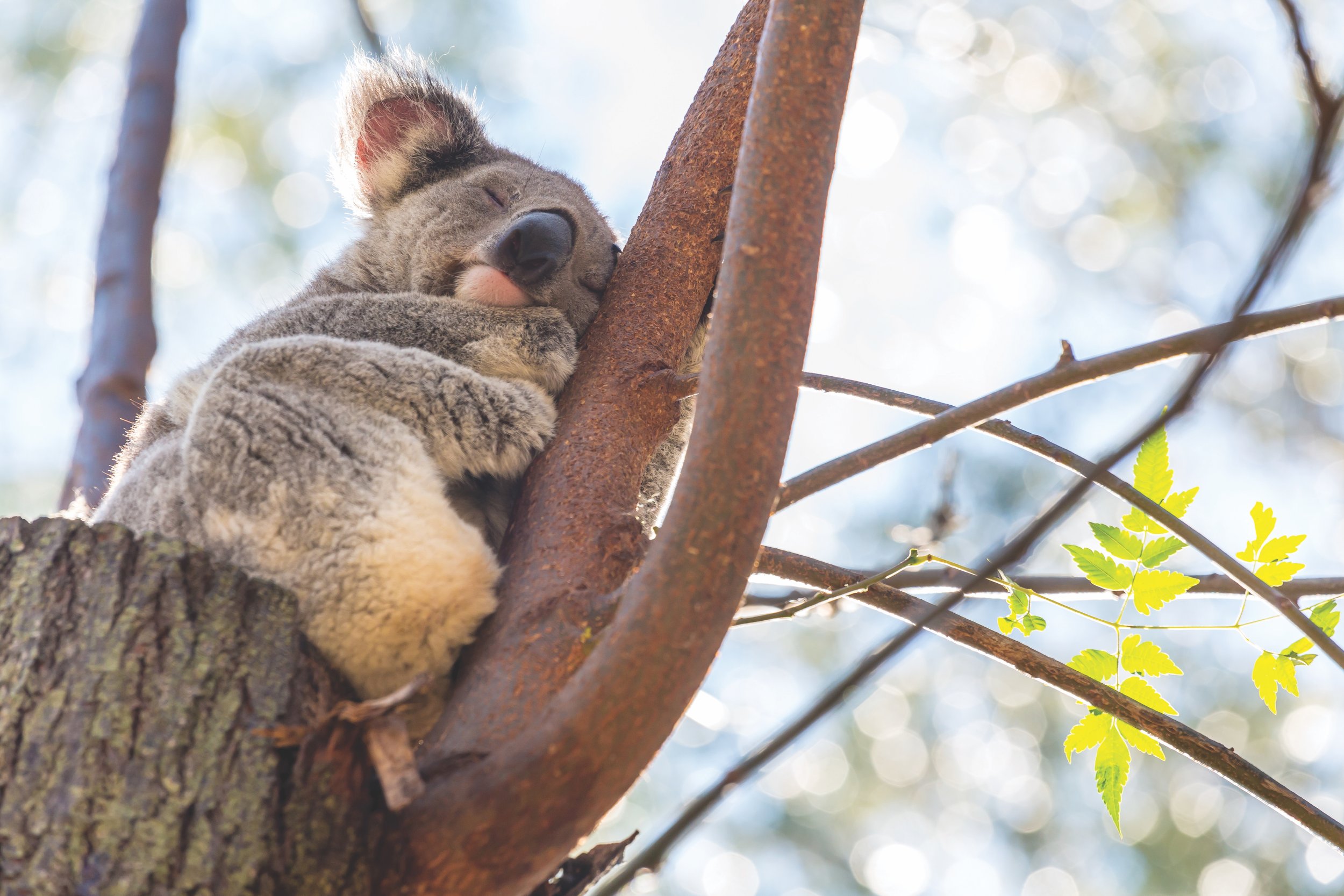
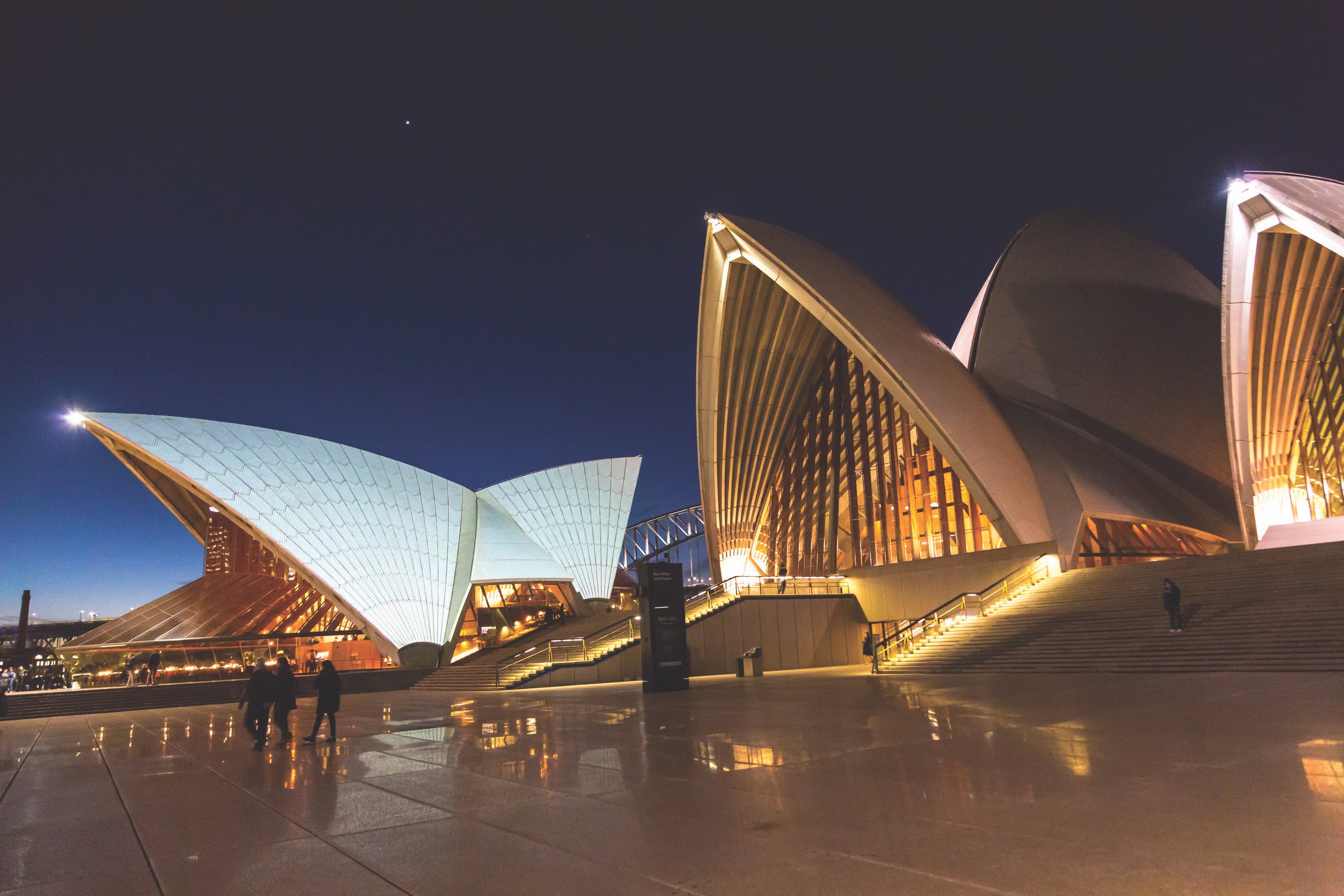
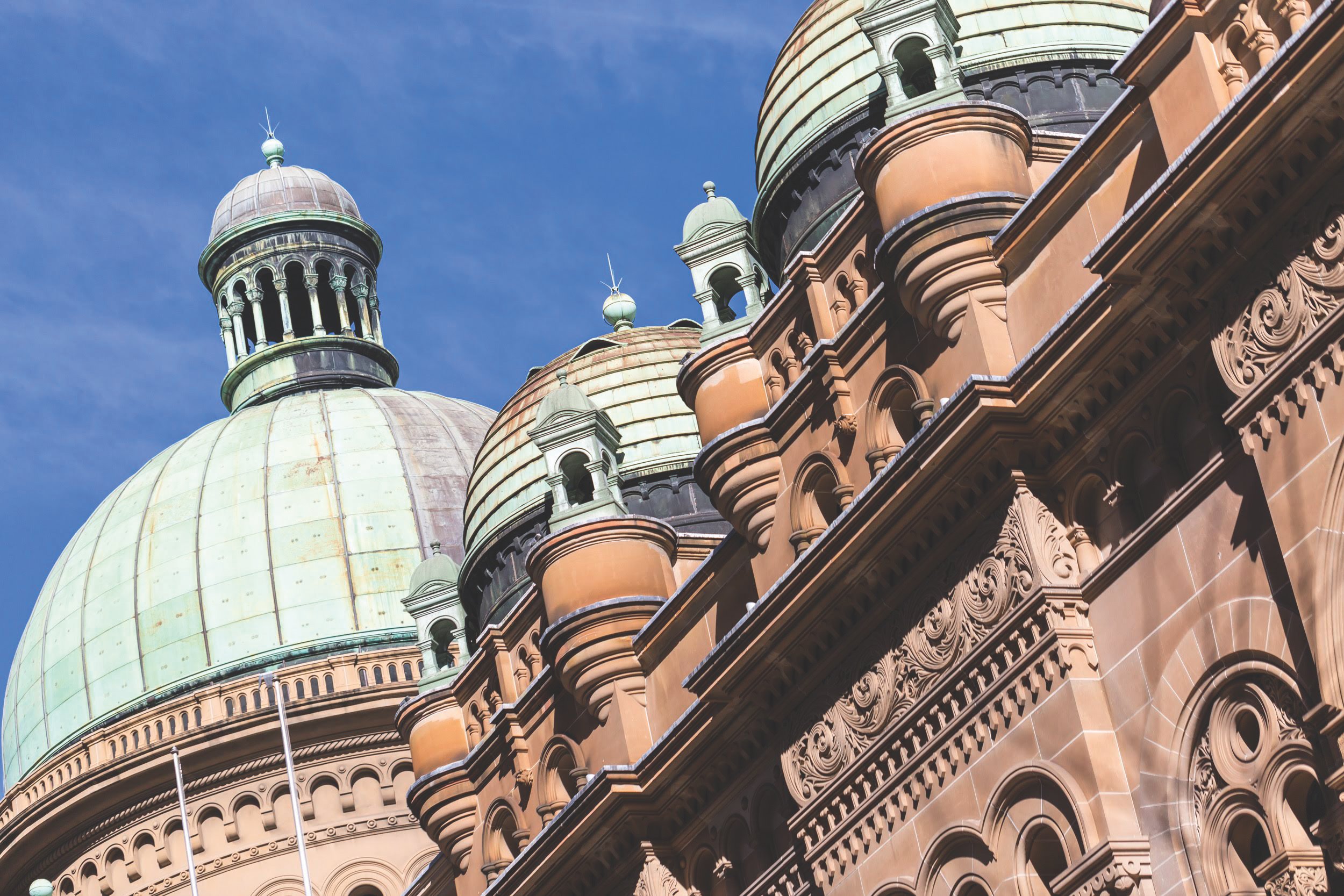
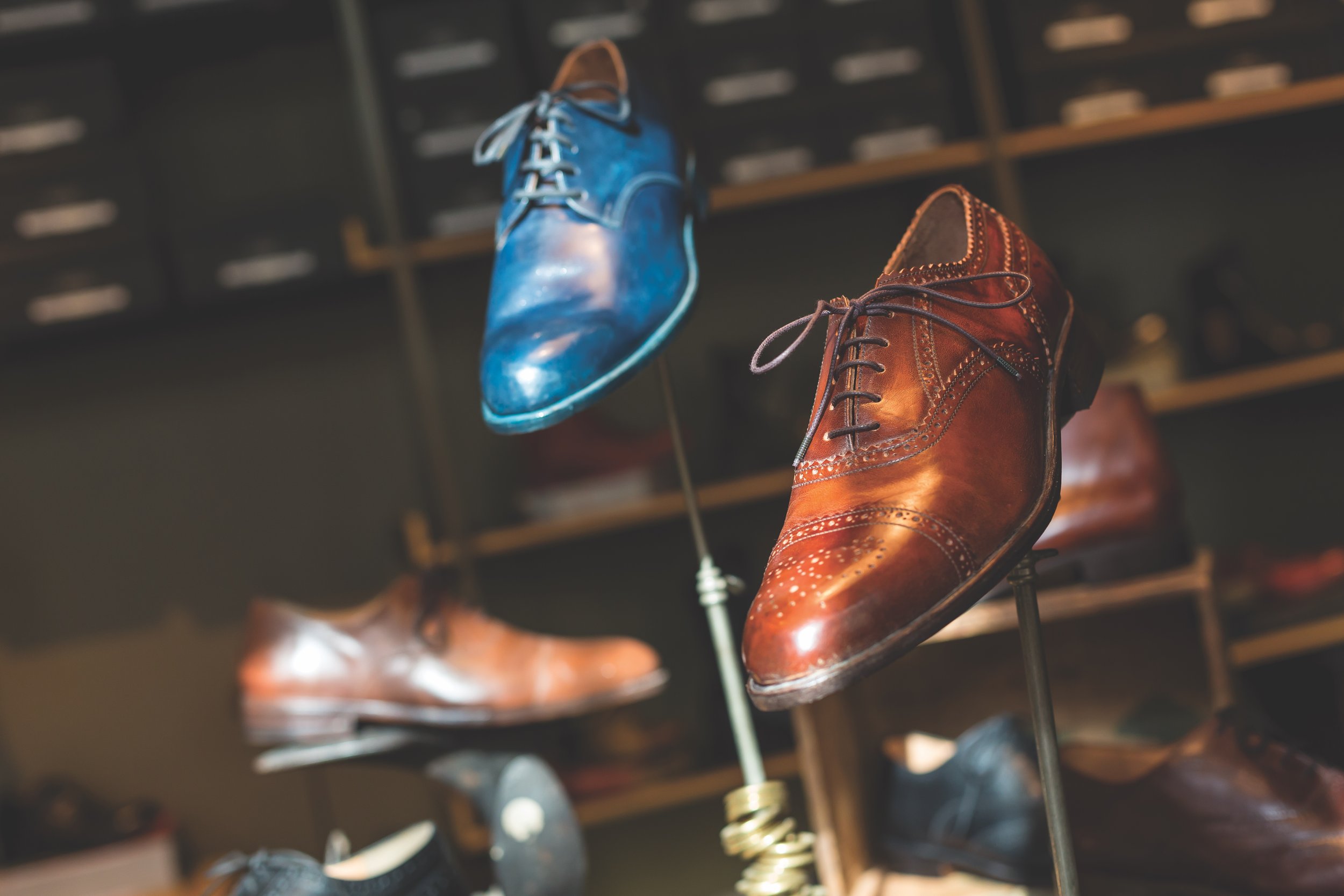
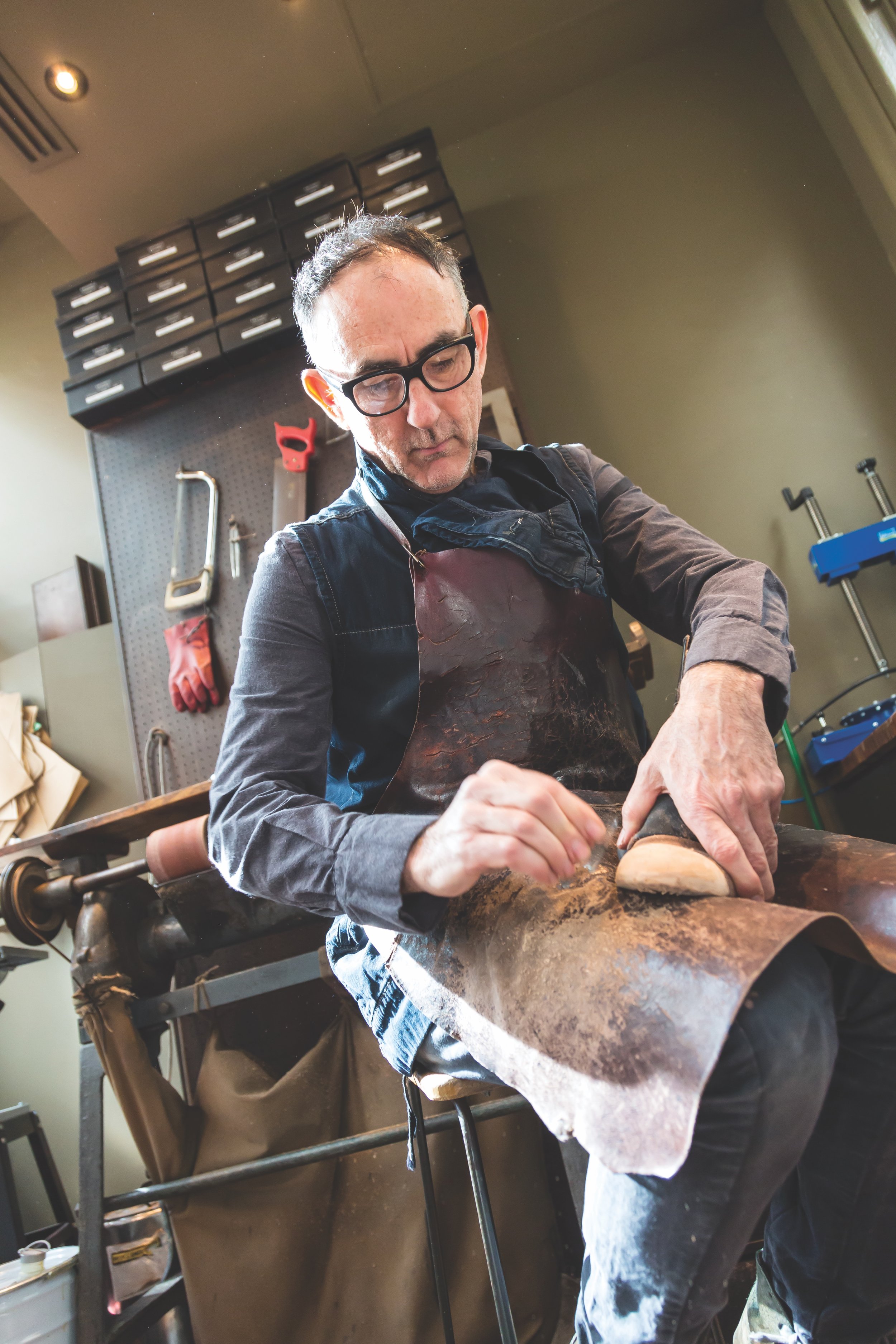
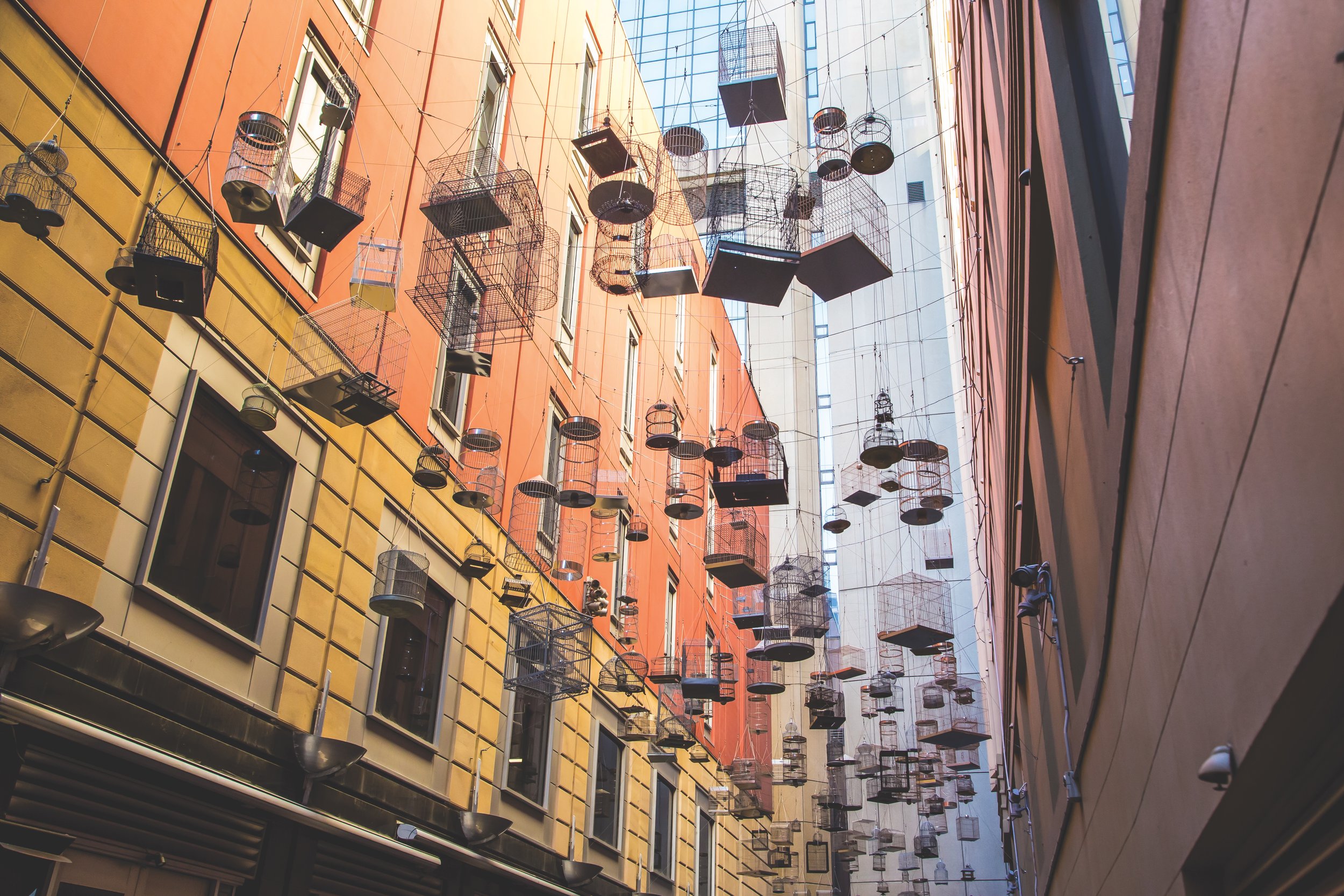
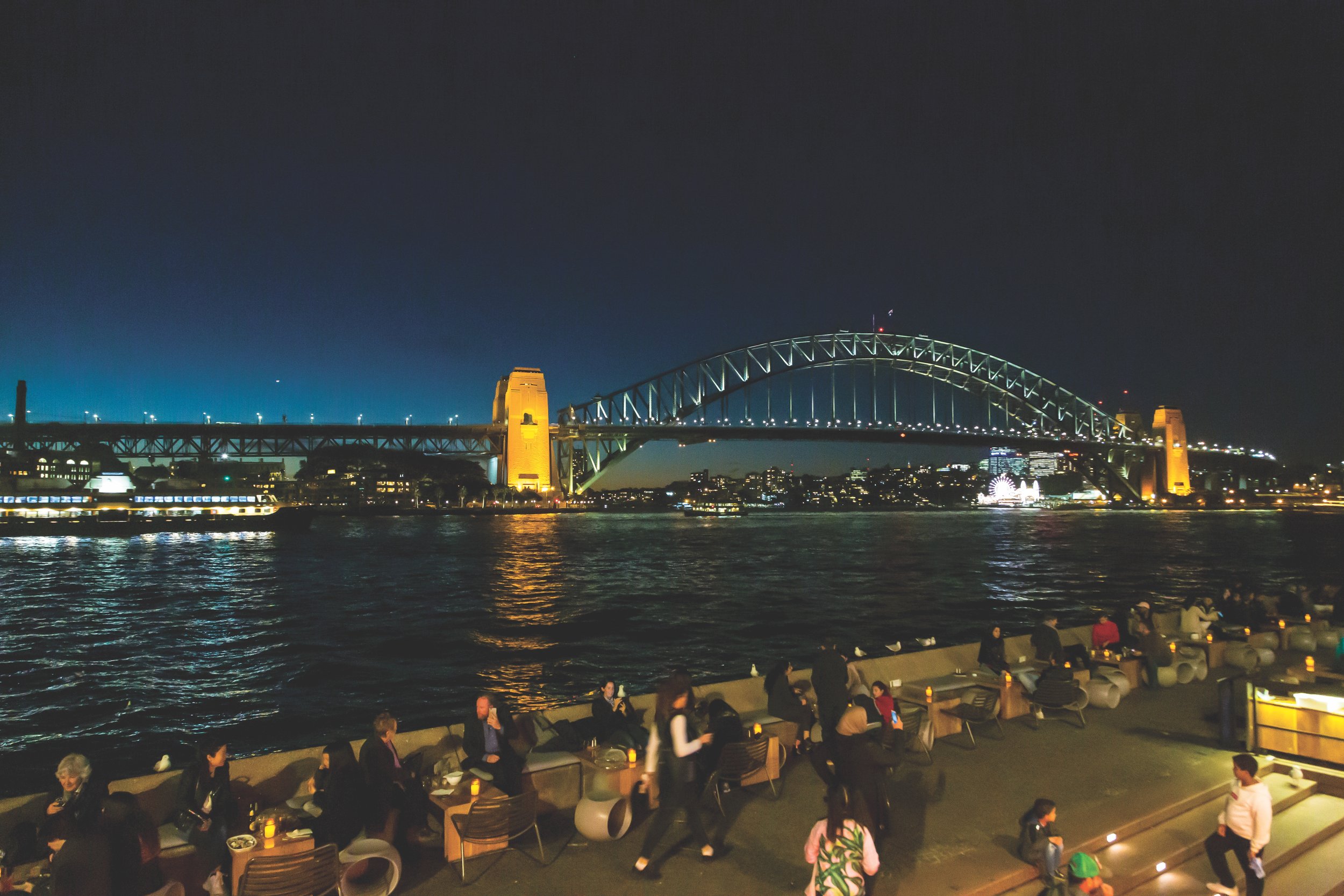

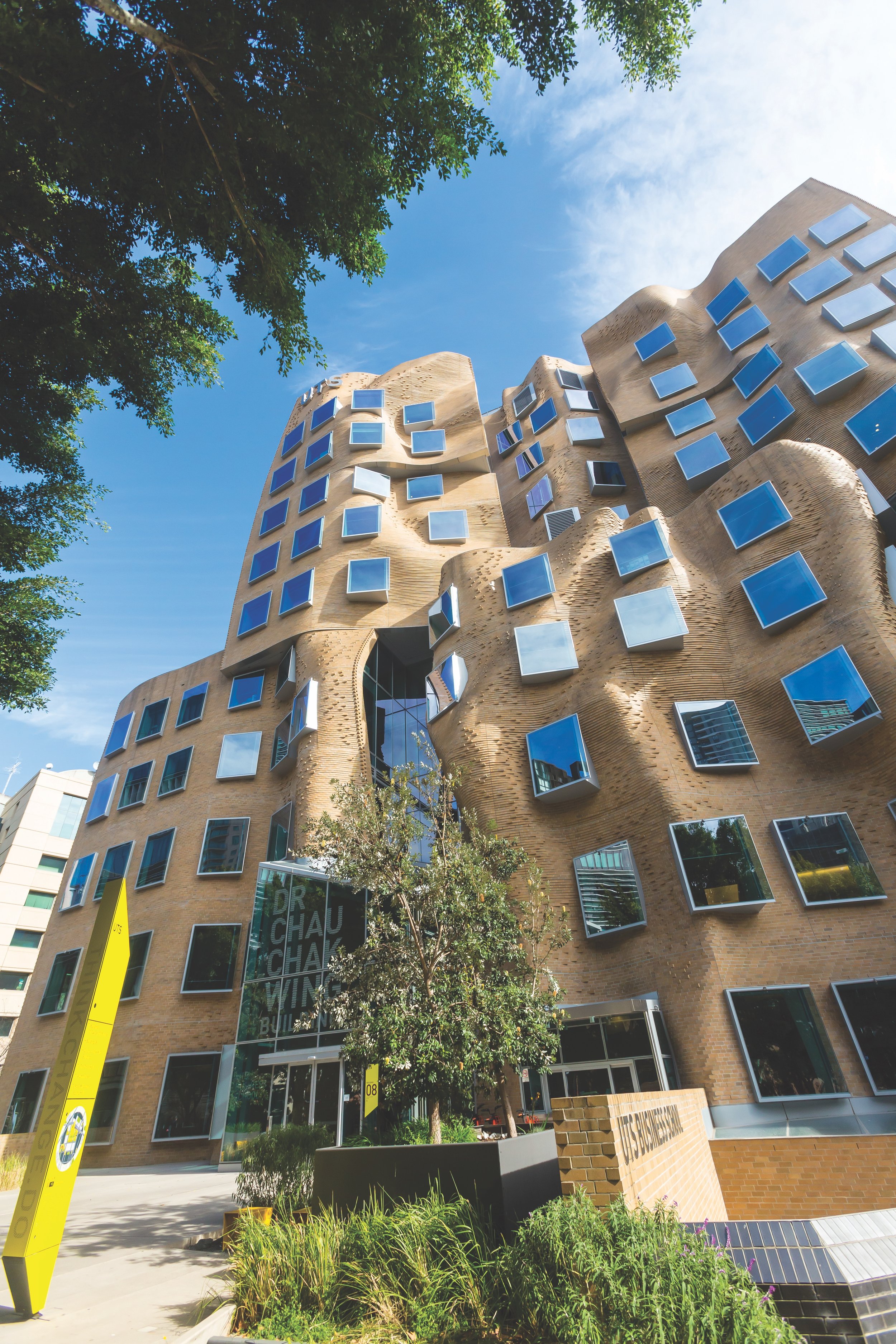
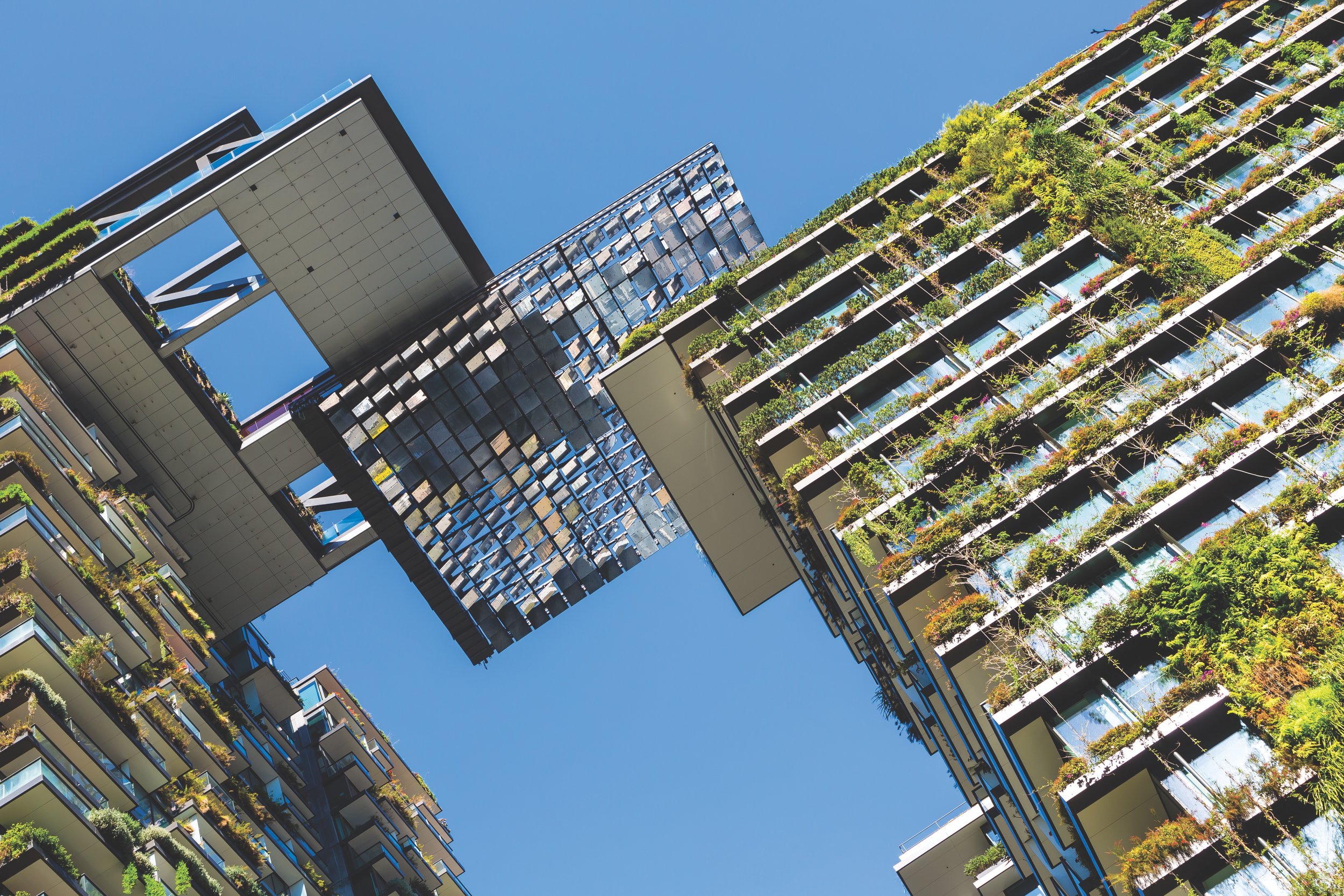
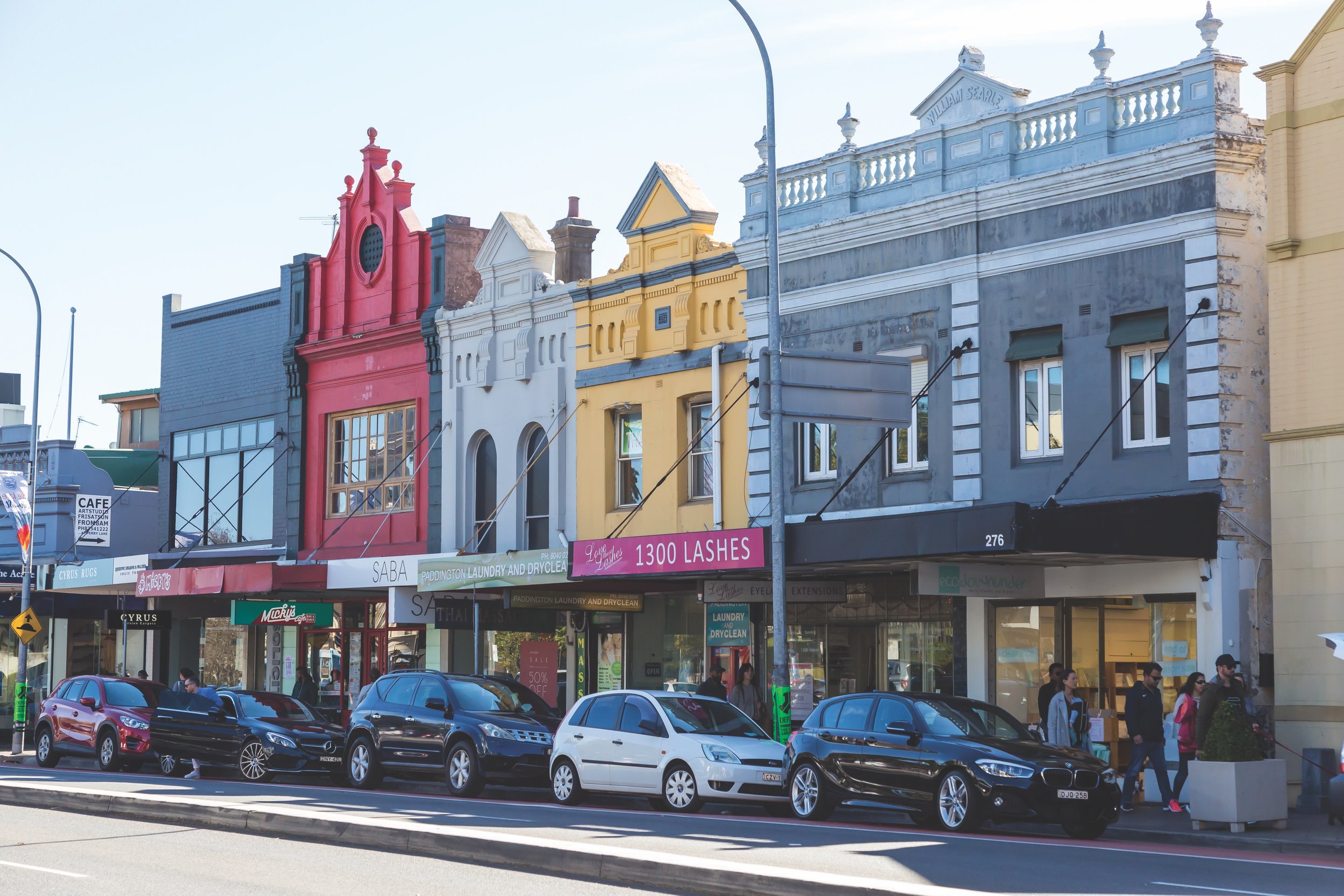
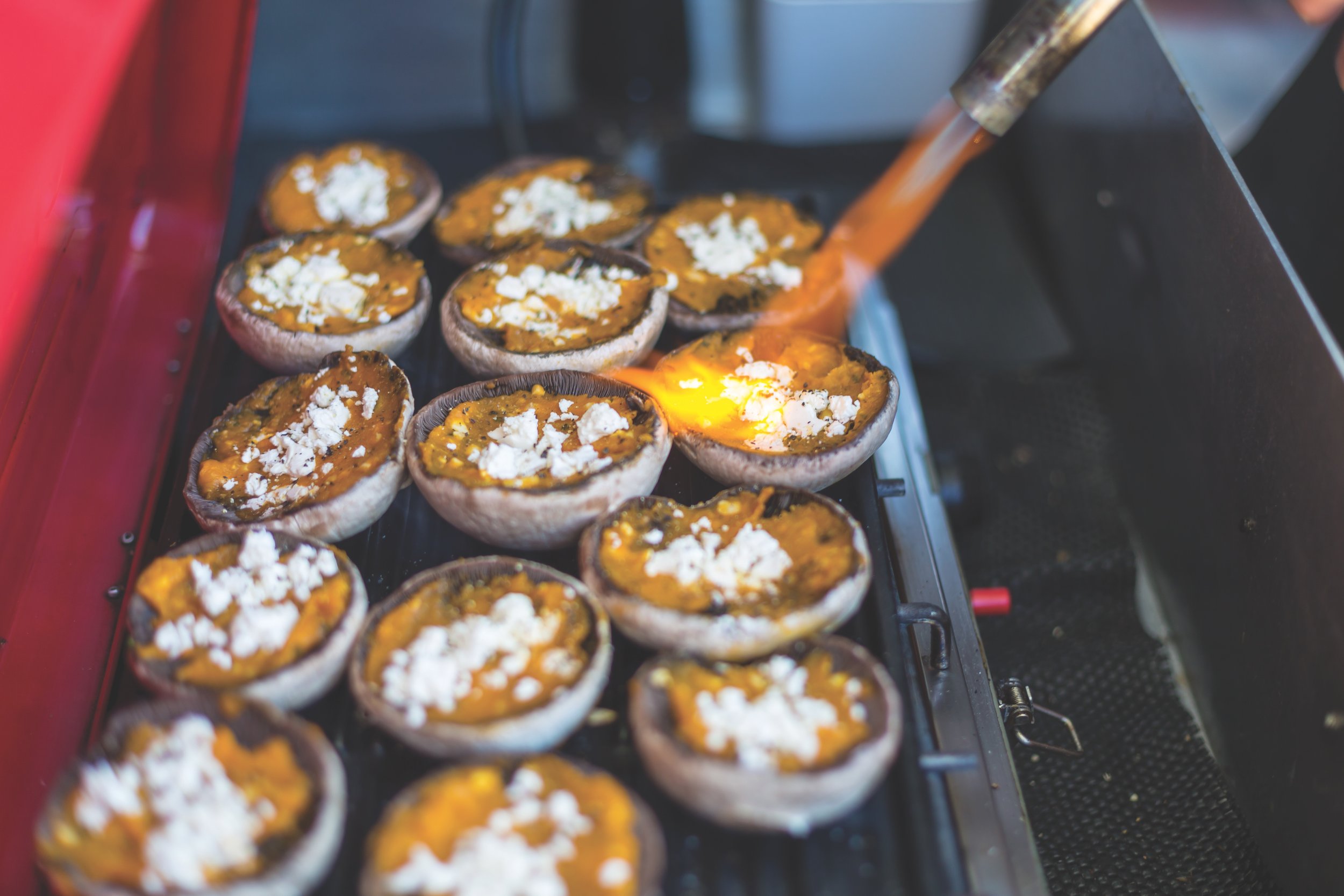

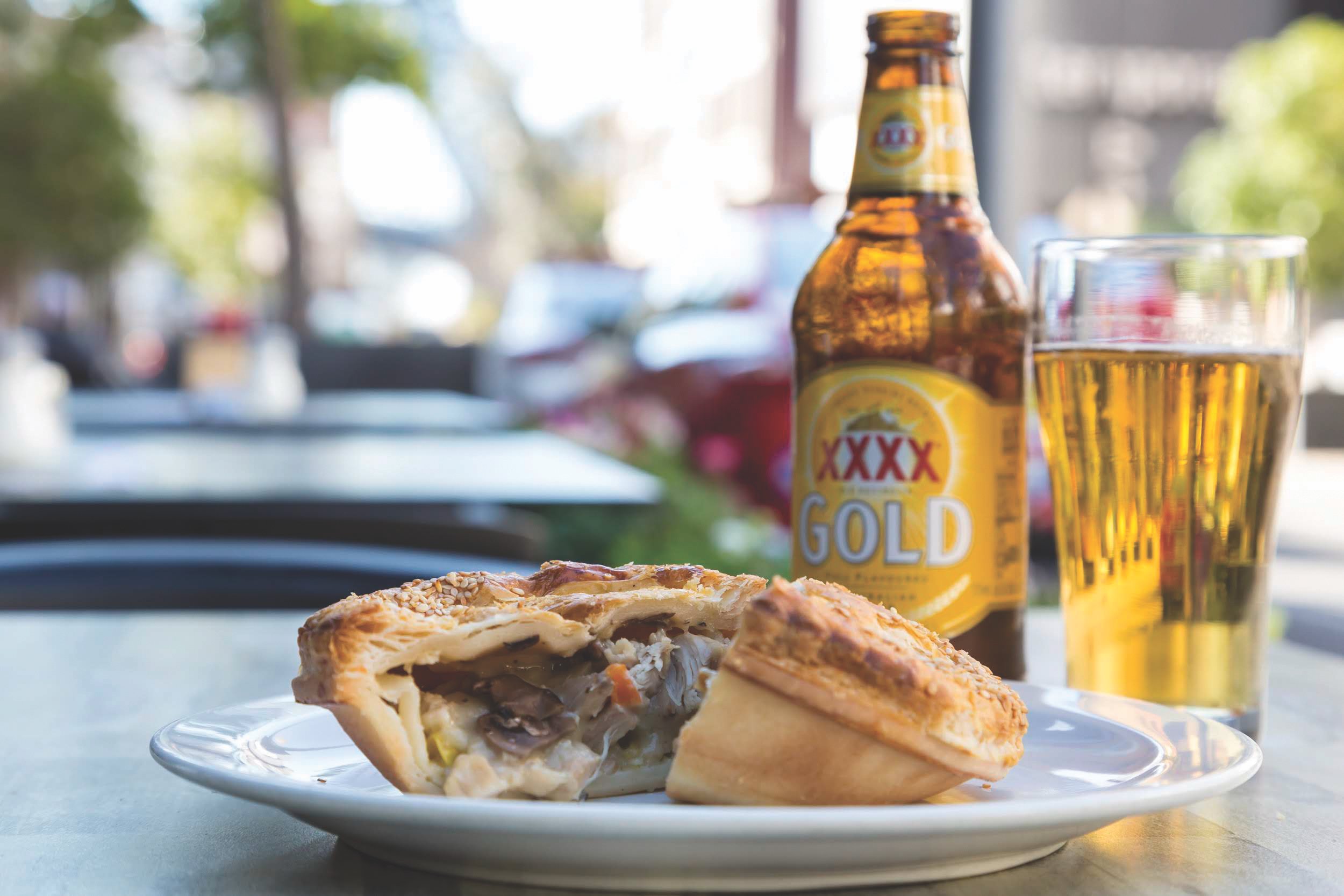
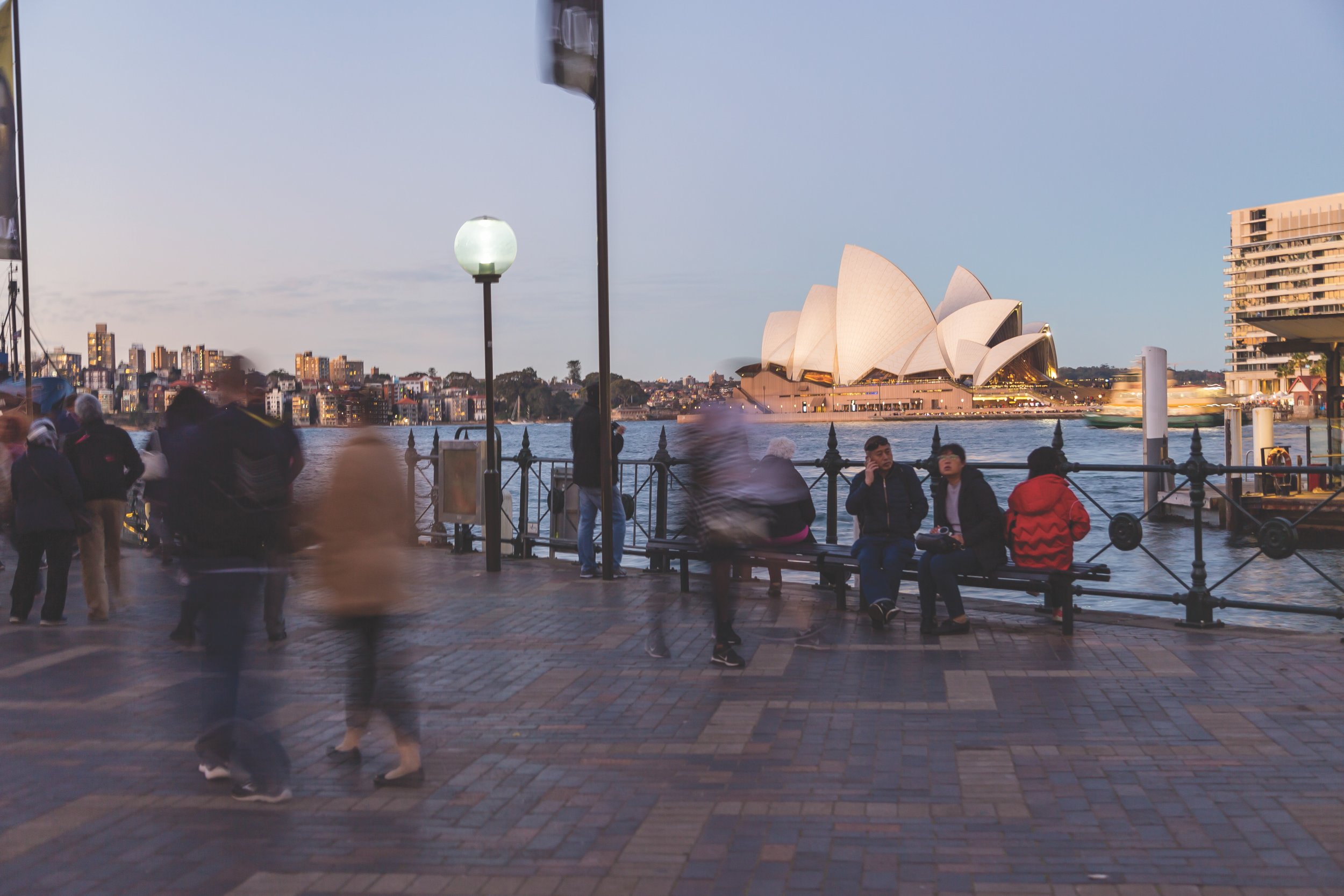

When Hawai‘i photogapher Rae Huo was considering where to spend her next vacation, she thought about elegant cities by the coast, such as Vancouver, San Francisco, Tokyo, Seoul and Hong Kong. One destination that didn’t immediately come to mind was Sydney; at roughly 5,000 miles away, it was a little far away for a place that also happens to be located on the Pacific Ocean. But as soon as Huo got off the plane in Australia, she realized this sophisticated hotspot was a treasure trove of fine architecture, street art and culture. “Before I arrived, I didn’t really have any idea about what to expect in Sydney. But the entire city is so beautiful; so full of life,” says Huo. “I like destination landscapes and shooting photos of fine food and drinks. Let’s just say there was plenty to photograph!”
Located along the lower eastern coast of Australia, Sydney is a multicultural metropolis that boasts a storied past. Aboriginal Australians have inhabited this area for at least 30,000 years, well before Sydney was established as a British penal colony in the late 18th century. Mass migration in the years following World War II resulted in thousands of immigrants settling here from throughout Europe, as well as China, India and Vietnam; today, this historically safe haven for refugees has blossomed into one of the most luxurious and highly rated livable places in the world. More than 5.2 million “Sydneysiders” call this city home and popular destinations, such as the Sydney Opera House and the Queen Victoria Building, aren’t just exciting travel attractions but an integral part of Australian heritage and culture.
For example, the Queen Victoria Building today is a world-class shopping center with more than 180 of Sydney’s most prestigious fashion boutiques, jewelry stores, and luxury brands located within. But this five-story Romanesque Revival structure, which dates back to 1893, is also the only known building from Australia’s Victorian-Federation era with such a remarkable level of detail, craftsmanship, and scope. On the outside, elaborate domes and columns give the marketplace a cathedral-like scale. Inside, light pours through stained glass windows and arched skylights, casting the entire center in a bright, welcoming glow.
Nearby, the Strand Arcade is another heritage-listed, Victorian-era marketplace; look no further for an example of the type of unique retail experience that’s available in this shopping hotspot than Andrew McDonald Shoemaker, one of only a dozen or so experts who are professionally making shoes by hand in Australia. Since 1990, McDonald has handcrafted custom footwear from his workshop in the Strand. A Churchill Fellow, McDonald studied under master craftsmen John Lobb and Paul Harnden Shoemakers to create shoes that are designed to survive many lifetimes for clients ranging from architects and artists — to Hollywood studios, for Star Wars and X-Men films.
A different type of handcrafted work awaits visitors in Angel Place, an alleyway tucked away in Sydney’s central business district, where more than 100 bird cages are suspended between buildings, creating a surreal presence. Designed by Michael Thomas Hill, this public art installation named Forgotten Songs was created to inspire more urban renewal in the city’s lanes and address the issue of climate change. The cages represent the many species of birds that are threatened, or have gone extinct, as a result of urban development. Meanwhile, the sounds of 50 bird species that used to live in central Sydney are played as part of the installation to bring these long-gone bird songs back to the city where they once lived. Forgotten Songs is a piece of public art that especially moved photographer Huo, who owns rescue birds herself. “You wouldn’t think birds are cuddly or pet-like. But they’re so smart and genuinely loving, you would not believe,” Huo says. “When I saw these birdcages, I was blown away. It’s a powerful tribute to the lost avian population of Sydney because people drove them away.”
Works in honor of another indigenous population of Sydney can be found at the famous Sydney Opera House, where rotating Aboriginal artwork and curated imagery is projected onto the structure’s iconic white sails in dazzling nightly displays. In 1957, 38-year-old Jørn Utzon was a relatively unknown architect when his concept was selected in the international competition to design Sydney’s national opera house on Bennelong Point. The Danish architect’s vision included arched white roofs that were intended to resemble the triangular sails of boats, a look that ultimately required one million tiles to achieve. The opera house also ended up requiring $102 million to build (despite an initial price tag of $7 million) and took 14 years to build (despite an early estimate of four years). But it all paid off: the Sydney Opera House is considered a masterpiece of 20th century architecture and one of the most well-known buildings in the world.
The citation for the Pritzker Prize, architecture’s highest award, which was awarded to Utzon in 2003 for the Sydney Opera House, described the building as “a symbol for not only a city but a whole country and continent.” In a way, this is all of Sydney — it’s a culmination of everything that Australia has to offer, from history to elegance to adventure. It is a destination not to be missed.
_______________________No Place Like Oz
Hawaiian Airlines amps up baggage for Australia … and New Zealand, to boot!
After many paused flight routes during the pandemic, two-year-missed travel destinations are opening up for travel, which means that many travelers are journeying longer and farther. One awaited example was Hawaiian Airlines reopening its Sydney flight route — five-times-weekly service between Australia’s Sydney Kingsford Smith Airport (SYD) and Honolulu’s Daniel K. Inouye International Airport (HNL) — last year and since then, New Zealand travel has taken off as well. And the ride over the Pacific is as comfortable as they come thanks to Hawaiian’s 278-seat, extra-wide Airbus A330 with 18 lie-flat Premium, 68 Extra Comfort, and 192 Main Cabin seats. Additionally, Hawaiian Airlines recently opted to waive extra luggage fees. The airline is offering not one, but two free checked bags for all travelers between New Zealand, Australia and Hawai‘i. Australia has long been is a popular destination for Hawai‘i travelers, and if you’ve been thinking about paying the Land Down Under a visit — now’s the time (and feel free to pack that second suitcase). hawaiianairlines.com
